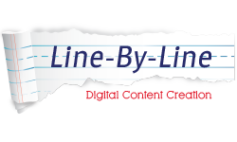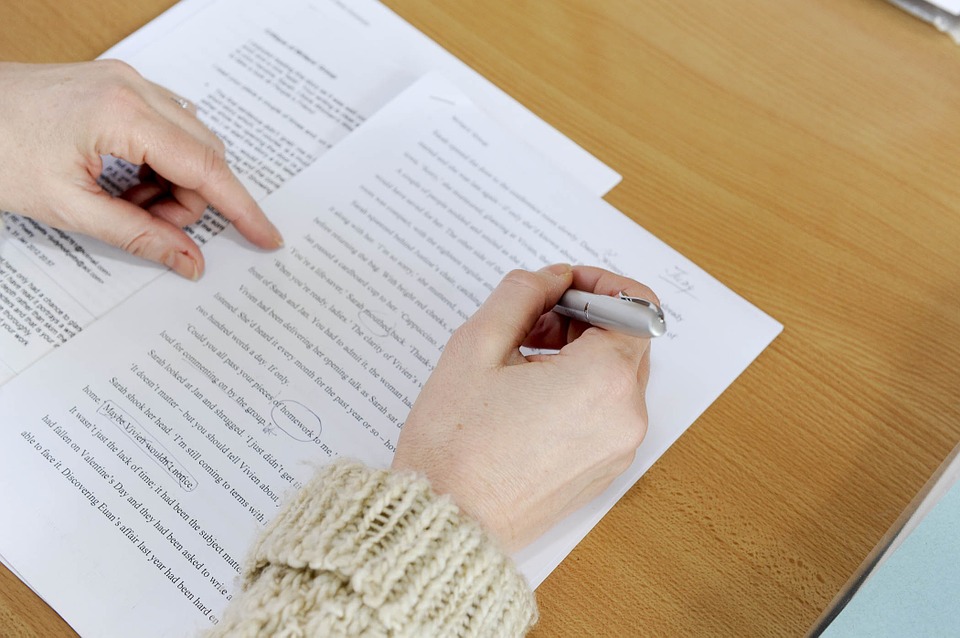Creating valuable content for our businesses is an important part of our marketing efforts. But the actual act of writing is only the first half of the battle.
When we have finished writing, there is another task at hand that is of equal importance: Editing.
What is Editing?
Editing is making changes to a draft of your content, paying close attention to the accuracy of language, clarity of thought and readability. It goes hand in hand with proofreading, which is checking for spelling mistakes, grammatical errors and missing words.
We all make mistakes and suffer from inconsistencies in our writing from time to time. Finding these errors in our own writing can be challenging.
Why is Editing Important?
Writing is often the first point of contact with our potential customers. We establish credibility and resourcefulness by blogs we write, social media updates we post and emails that we send to our contact lists. Having blatant errors in what we write sends a message that we are not detail oriented, and do not take the time to make sure our work is the best that it can be. Writing is often our first impression, and we need to make it a good one.
Self-Editing Tips
Self-editing is a challenge even for the most experienced writers. Because we have written it and have spent so much time in the thought and creation, it can often be difficult to identify the inconsistencies, errors, typos and spelling mistakes in our writing. We’re just too close to it.
A coworker, a spouse or a friend can offer a fresh set of eyes and the perspective you need to make your content better and catch those silly mistakes. But if you’re under a deadline, you’ll need to do it yourself.
Here are a few tips to help you with editing your own content:
- Observe the overall structure. Is your content well organized? Does it make sense? Does one idea or paragraph transition smoothly to the other? Read your content for the meaning and the flow first to make sure it says what you intended for it to say.
- Check your links. If you’re writing online and refer to a website, social media accounts, blogs or an email address, make sure your links work and take your readers to the right place.
- Don’t rely on spell check. Spell check in most word processing programs will catch the major mistakes, but they won’t identify words spelled right but used incorrectly. It won’t be able to decipher between words like desert and dessert; form and from; loose and lose. It won’t be able to tell you if proper names are spelled correctly or identify homophone errors (words that sound the same but are spelled differently) such as new/knew, through/threw, witch/which, meet/meat, etc.
- Beware of autocorrect. Your word processing program may try to guess at the word you are attempting to write. Disable this. The Internet is full of examples of embarrassing communications when a device’s auto correct function tried to help.
- Take some time away. If you are not on a deadline and have the luxury of stepping away from your content for a while, do it. It will allow you to take a mental break, gain perspective and catch the errors you didn’t see before because you had been looking at it for too long.
- Read it out loud and like a robot. Slowing down and reading your content out loud in a short, choppy voice (like a robot) is a great way to catch missing words. Missing words happen when your brain thinks faster than you can write or type, and words get missed. Even when you reread, your brain has a way of filling in the words you neglected to type on the page.
- Print your content and underline each word as you read it. For many people, there is nothing like reading on paper and it’s easier to find mistakes. Use a pen and underline each word as you read it. This will help you to find spelling errors and missing words.
- Start with the last word and read to the first word. Reading the words of your content in reverse order will take the focus off the meaning of the words and allow you to more easily identify spelling errors.
- Change the font size. Make your type bigger and reread it. Your mistakes will be more glaring.
- Break it down into small chunks. It can be overwhelming to proofread a large document. Break it down into smaller portions, like paragraphs, and focus on one at a time. As you proofread the paragraph and correct any errors, put a big checkmark in the margin. This will help you feel assured that the paragraph was looked at and approved.
Editing is an important last step to publishing or sending your content. Take an extra few minutes and make sure your message is perfect.
If you’d like to receive my best advice, please join my mailing list:

